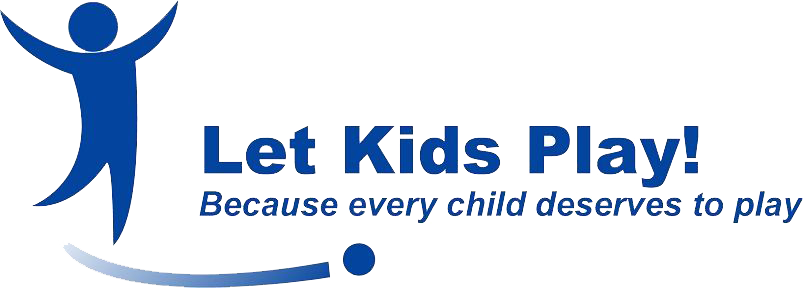NEOS 360 by Playworld Systems combines the speed and fun of electronic games with the explosive movement of aerobic exercise and is one of the most inclusive playground activities I have witnessed.
Research shows playing NEOS delivers a workout comparable to jogging or playing soccer, raising heart rates by an average of 20 percent. In the ever present fight against obesity, NEOS disguises heart-pounding exercise as pure, unadulterated fun. It is important for people of all ages and abilities to get moving. Getting them out of the house and into the great outdoors is also key.
According to Stuart Schleien, Fredrick Green, and Charlsena Stone (1999) it takes three things to create a truly inclusive experience.
1. Get to the activity NEOS must be installed on a durable, stable surface to ensure that all people can access the game and play safely.
2. Ability to function in the space On the NEOS 360, the game buttons are placed at the optimal reach range for a child using a wheelchair. The installation recommendations suggest that the NEOS be placed away from the rest of the playground equipment. This extra space helps children with a variety of disabilities to function in the space by providing room for service animals and equipment. It also helps a child with autism familiarize himself with the game before jumping in.
3. Create Social Inclusion or the ability to gain social acceptance in positive interactions with peers. Because NEOS attracts people of all ages from toddlers to grandparents, it helps build this social acceptance. People gather around and cheer for the players regardless of their playing ability.
In my experience, it is rare that a child with a disability gets cheered by their peers in a typical setting; making NEOS an even more positive experience. When given the chance and the right environment, children are creative in figuring out ways for everyone to play.
In one instance at a playground in Ohio, a group of 8-year-olds were playing NEOS when they noticed a girl, Angela, not playing. Angela has cerebral palsy, which affects her ability to move most of her muscles, and requires she use a wheelchair to get around. The other children asked Angela if she would like to play. Her eyes lit up and she nodded yes. The kids pushed her right into the middle of the game. Angela added more challenge to the game as the children needed to get around her wheelchair to hit the buttons. Angela watched and laughed and the kids circled around her. It was a case of true inclusion and it was wonderful to watch. –
Originally published by Play by Playworld
